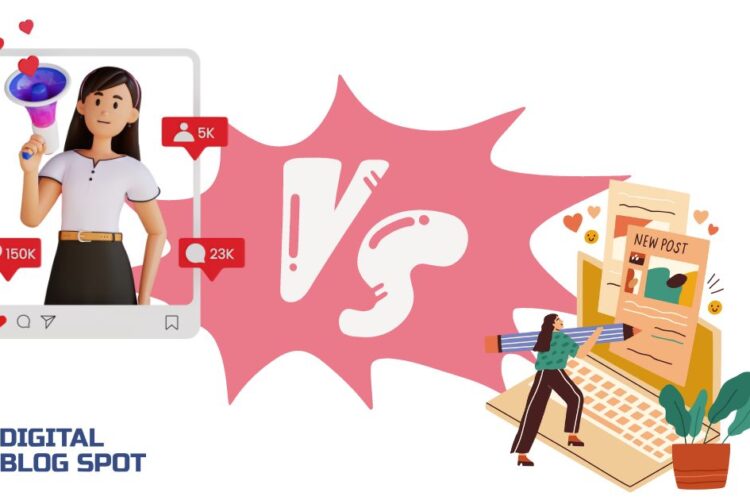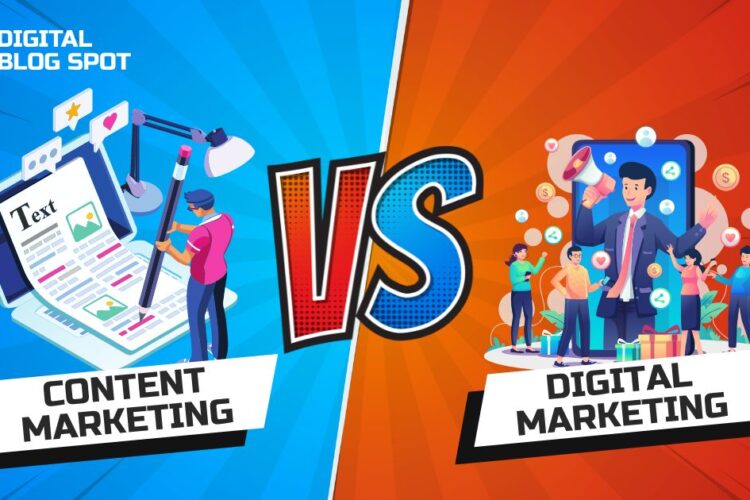
The 21st century can be considered the crib of the Digital Marketing Transformation wave.
Don’t forget that we explored a wide range of technological advancements through the first decade of the 21st century than we had in the 19th together.
You can’t be a pro in any field though, without understanding how it came to life and having a personal perspective regarding where it is going.
Digital Transformation wave meaning
Just like sea waves, moving forward and sweeping everything along their path. The Digital transformation wave that came along with the breakthrough of the internet worked the same way.
Digital Transformation waves shape everything surrounding our everyday life. Therefore, in this blog, I will not cover the small trends that came up and faded right away.
First Digital Transformation Wave (The invention of the Internet)
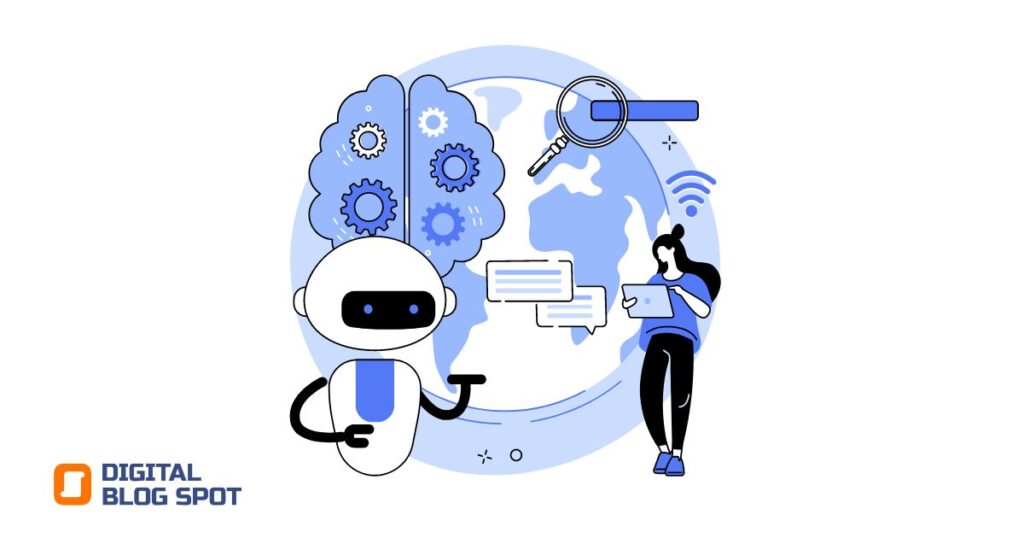
The Internet was developed in the 1970th by Bob Kahn and Vint Cerf, however, it became available to the public on August 1991 when the world wide web was made available to everyone.
Bit by bit, it started branching and growing to take part in every aspect of our lives.
Do you want to apply for a job? use Linkedin instead of printed CVs. Do you want to keep up to date with news, and read online news portals instead of newspapers? Do you want to read about any topic? Read a blog.
Are you interested in watching a movie or series, go to Netflix, Disney+, or any other streaming platforms?
And as users started to switch from all traditional channels to digital ones, advertisers had to follow through.
Marketers have always been eager to be present in the marketing channels where a large segment of their target audience is present.
With the coming of every new generation, Digital channels are taking over traditional channels’ share of user availability. Consequentially, marketers are giving much more time and attention to Digital marketing channels.
Second wave of Digital Transformation (The breakthrough of AI – Artificial Intelligence)

The second wave of Digital Marketing transformation which has just started, is caused by the discovery of the power of AI.
AI is reshaping the canvas of Digital Marketing. It doesn’t just stop here, a lot of jobs and aspects of our lives are getting brought down to half the time they used to take or even shorter by AI solutions that speed up the process.
AI language models and visual creation tools are reducing the time it is taken to complete a given task to below 50%.
Some think that the savings in time taken to complete a task will help employees to focus on other thought-intensive tasks and leave the ones that require a lot of repetition to be done by AI models.
Others believe that it will lead to a ton of layoffs as a result of the competitive costs of buying an AI solution rather than hiring an extra staff member. Another point taken into consideration is the short time it takes to complete a task with artificial intelligence and close to zero room for human error.
Digital Transformation in Marketing
But how are those two waves affecting the marketing digital transformation scheme?
With the rise of the internet revolution, consumers started to spend more time on social media platforms. They started to ask search engines about the things that they want to know and learn new skills through videos.
Not just that, the Internet gave power to the users to intercept marketing material and provide direct feedback on whether they like it or not.
As previously mentioned, marketers and advertisers are always following consumers on the channels on which they use in big numbers.
And as social media and search engines started to grow in power, digital marketers were racing to secure themselves some exposure on those platforms.
Every business had to make sure they had some sort of online presence in this new arena. So, every business started building its own website, as social media profiles were not totally under their control.
Digital channels of marketing communications
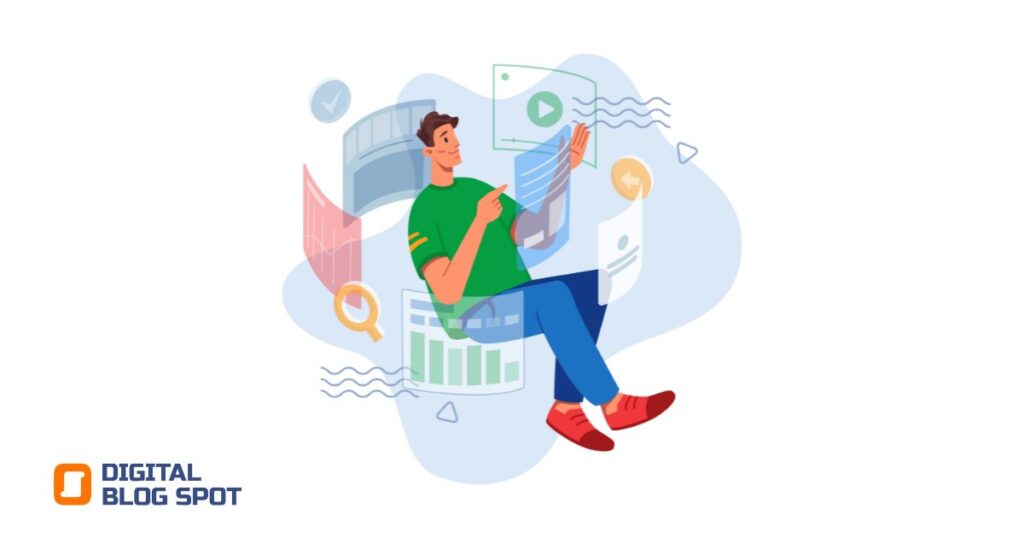
However, having the best form of online presence (website) without anyone hearing about it is utterly useless.
Therefore, digital marketers had to assure users are checking it out. Business growth became highly dependent on the new digital marketing ecosystem. Accordingly, almost every marketing department had to divert their efforts from traditional marketing communication channels to digital ones.
brands were very keen on maximizing their online presence along every stage of the marketing funnel.
Digital Marketing transformation developed a new marketing theory that involved surrounding users with the same marketing message across all digital platforms known as Omnichannel marketing.
And following are the major channels used in such a practice.
Social Media Marketing
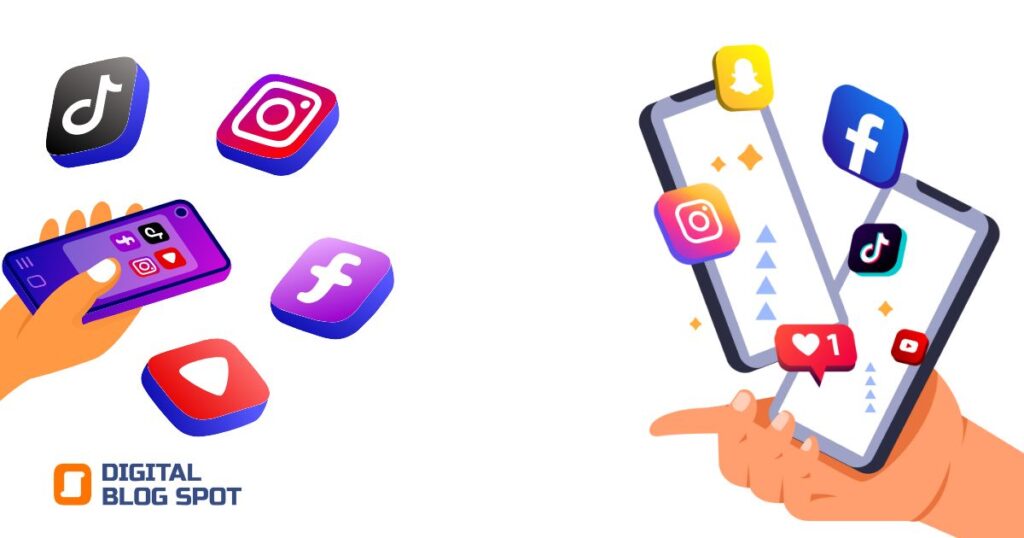
Social media was the most powerful impact of the first digital marketing transformation wave. It gave power to the users.
Users were able to create their own pages on a single website and share their thoughts about different topics and social matters.
Social media gave users the power to react and comment on the different marketing messages they received. Their profiles were created in a way that their preferences are taken into consideration when showing ads.
Ads delivery became more personalized and relevant. Users could say what they liked and what they did not.
That power became more vivid when users started creating opposing groups to attack a certain brand or social cause. Social media even had the power to start revolutions in some countries.
Email Marketing

On top of all other marketing communication channels, email marketing represents the utmost power of digital transformation.
If you are a millennial or younger, you would not imagine having to send a postcard to someone and wait for it to arrive.
Email marketing was a totally different story, it represents one of the most critical communication channels nowadays. That is a result of its high potential.
Email marketing is considered a form of remarketing. This means you should have a database of email subscribers of previous buyers in order to use them for your email marketing campaign.
Strategies can diversify greatly, but the most widespread application would be to target your previous buyers with a specific discount or a seasonal promotion. That way you are delivering a high-potential conversion message to high-potential customers since they showed interest in your products before.
Email marketing has one of the highest personalization abilities among all digital marketing communication channels. Considering that you must have a database in order to carry an email campaign, and this database generally includes the first and last names of registrants, you can address each recipient with his/her name.
Content Marketing

Creating and sharing content consistently on any social media platform, or your own blog, can help you build a large base of followers, subscribers, or readers, that will give your organic reach a boost.
Content marketing can be considered the most evergreen, low-cost marketing communication channel.
as you don’t have to pay each time you want to direct a message to your audience. On the other hand, all the investment whether money or time is done upfront, and then comes the time when you start yielding the results of your content marketing efforts.
Display Advertising
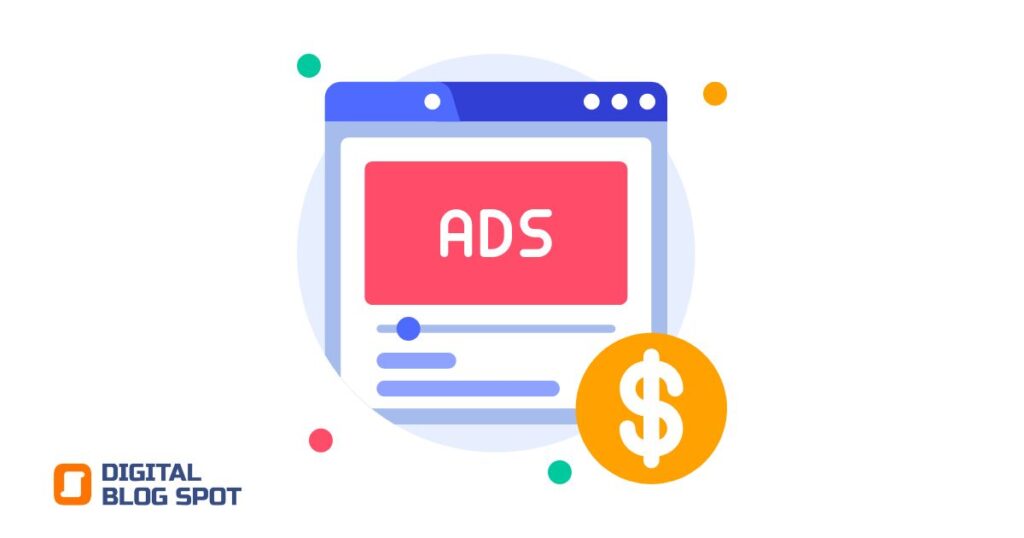
Remember those magazine and newspaper ads you used to find and keep on the side unless well needed? Those were often used for awareness purposes, and to your surprise are still so.
They are taking a new form though! Since physical publishings have now transformed into the digital landscape, those online publishings have still freed up some spaces on their websites for advertisers.
Those spaces are either sold directly to advertisers or offered in online auction markets called Display Networks. The most popular among those is Google Display Network.
Then, advertisers go to those markets and start bidding on showing their ads to their audience at the most relevant times and publisher websites.
Video Marketing
Year after year, video marketing is growing in popularity. Since people are getting more familiar with video content as an easy, more attractive method of content reception, social media platforms are racing to introduce the best video content network for their users.
TikTok made their platform all about short videos, and then Instagram and Youtube came following through with Instagram reels and YouTube shorts.
No matter which platform you are using for your content delivery, the most important factors are as follows
Create an attractive 3 seconds hook at the beginning
Maintain a high-quality audio
Content quality remains king
Use easy-to-grasp language and terminology
ask people to comment, like, and follow/ subscribe
Digital Marketing Mix (4Ps)
The Digital Marketing mix remains the same with Digital Marketing transformation. Some elements of the 4Ps however are getting reshaped for some businesses.
Product
Lately, we are seeing a lot of digital products, like e-books, digital tools, and online courses.
Place
E-commerce is taking over the place of offline marketplaces. We can see the extent of that transformation in the fashion and travel industries pretty heavily.
Price
some products and services can now be bought with digital currencies which have a reputation of becoming the currency of the future.
Promotion
Of course, promotion doesn’t only refer to price cut downs, but to all marketing communication efforts which we have mentioned above.
Digital Marketing funnel
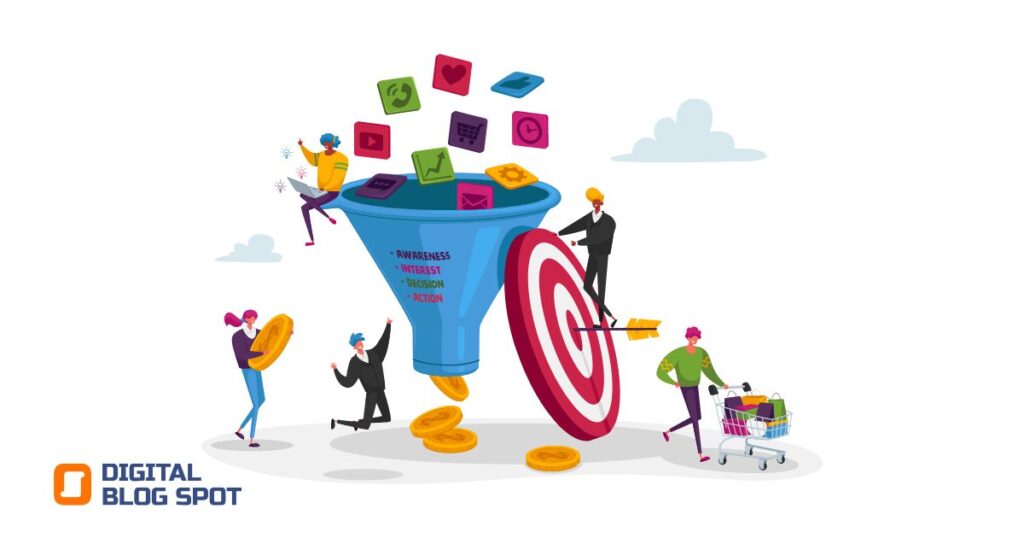
Previously known as the 3-step consumer journey ( Awareness, Consideration, & Conversion); or as the AIDA model (Attention, Interest, Desire, Action).
Now Digital Marketing funnels are taking a series of steps that can easily be tracked and measured online.
The new funnel can be different from one business model to another, however the most popular among them would be
Reach
Landing Page Views
Product Page Views
Product Add to Cart
View Cart
Initiate Checkout
Purchase
Repurchase
Digital Analytics Platforms
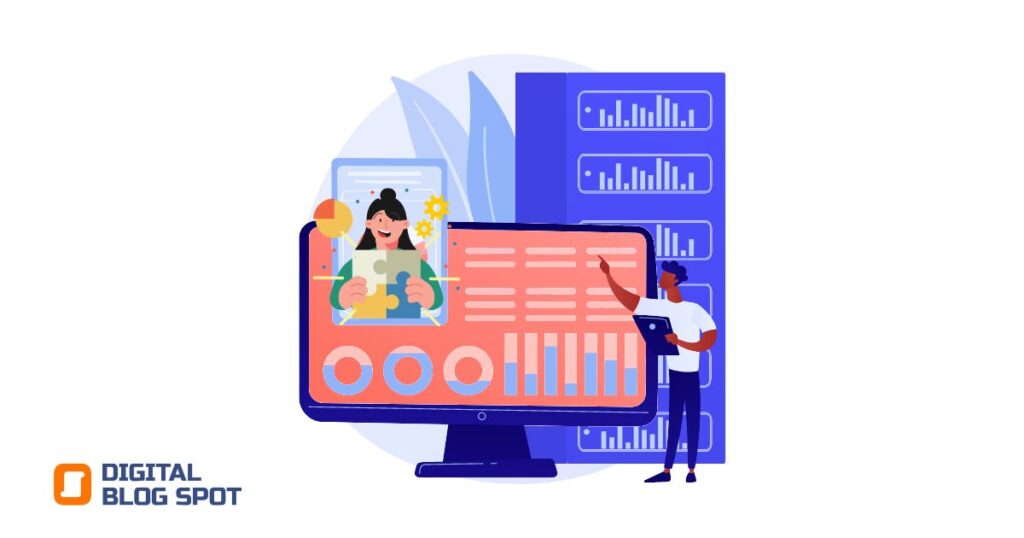
Once everything became digital, there had to be a way where business owners and marketers could track the performance of their marketing efforts and online stores.
That was well needed since the digital transformation has led to minimal direct interaction between physical stores and their customers.
Tools like Google Analytics, Hotjar, Google Tag Manager, Meta Pixels, and other tracking tools are helping marketers build consumer profiles and personas in order to have a better understanding of their users’ behavior.
That way, digital marketers can carry better targeting and optimization for their marketing campaigns, to yield better results for each dollar spent.
E-commerce revolution

When everything became digital, commerce had to follow through. E-commerce began growing in popularity and is expected to reach $6.3 trillion in 2023
As it grows, the technology behind it keeps advancing. Making e-commerce tricks more beneficial. A whole science stood behind the growth of e-commerce called Conversion Rate Optimization, which aims to enhance and optimize a business’ website in order to maximize its conversion rate.
Developing a Digital Marketing Strategy
While creating a marketing strategy in the old times, was not that much of a headache. In today’s digital world, you would need to invest a lot of time into building your digital marketing strategy.
You will certainly need to address those questions first, and then once answered you will start to formulate your strategy.
What are your objectives for your online marketing efforts?
Who is your audience? What are their preferences and which platforms are they available on?
How familiar is your target audience with your brand?
How does your audience react to the different marketing messages?
What are your points of weakness and strength?
What are the opportunities and threats that surround your business?
and finally how much of a budget can you spend on a given year?
Once all those answers are gathered, you are ready to start
Building a strategy should follow a guideline.
Starting with the objective (what do you want to achieve) almost always keeps you focused on what you want to achieve from all of this. Then, identifying who, where, and when is all related to your target audience and that’s why you should be very precise in identifying them and their characteristics.
Building multiple personas for your target segments can help you stay focused on serving each segment with a set of tailored techniques.
Later comes the how, which is what are the strategies and tactics you would undertake in order to reach those objectives.
What’s next: Will there be a third digital transformation wave?
There are definitely going to be other digital transformation waves. The question is when?
But that is not a question for me to answer. Since the development of the internet, everything has been going with the speed of light in digital innovations.
And with the rising of AI technology, things are definitely going to flow faster.
That’s why the idea in digital marketing is to always keep a close eye on the market trends and try to always stay on board with the digital marketing transformation waves, fearing you might get lost along the way.
Remember, it’s a little bit hard to keep up with, but it will be a hundred times harder to catch back if you missed the first train.
Conclusion
In summary, the Digital Marketing Transformation wave, powered by the rise of the internet and AI advancements, has revolutionized our lives and professions. Its profound impact is evident in marketing, where marketers must navigate new platforms, forge personal audience connections, and leverage AI’s power.
Digital Marketing’s evolution has birthed digital products, popularized e-commerce, introduced digital currencies, and reshaped marketing communications. Meanwhile, the advent of digital analytics allows us to peer deeper into user behavior and optimize results more efficiently.
Looking forward, the pace of this transformation is set to increase with AI propelling us into new waves of change. As marketers, it’s vital we remain alert and adaptable, prepared to ride these waves, for missing this digital train could mean being left behind in a continuously evolving landscape.



